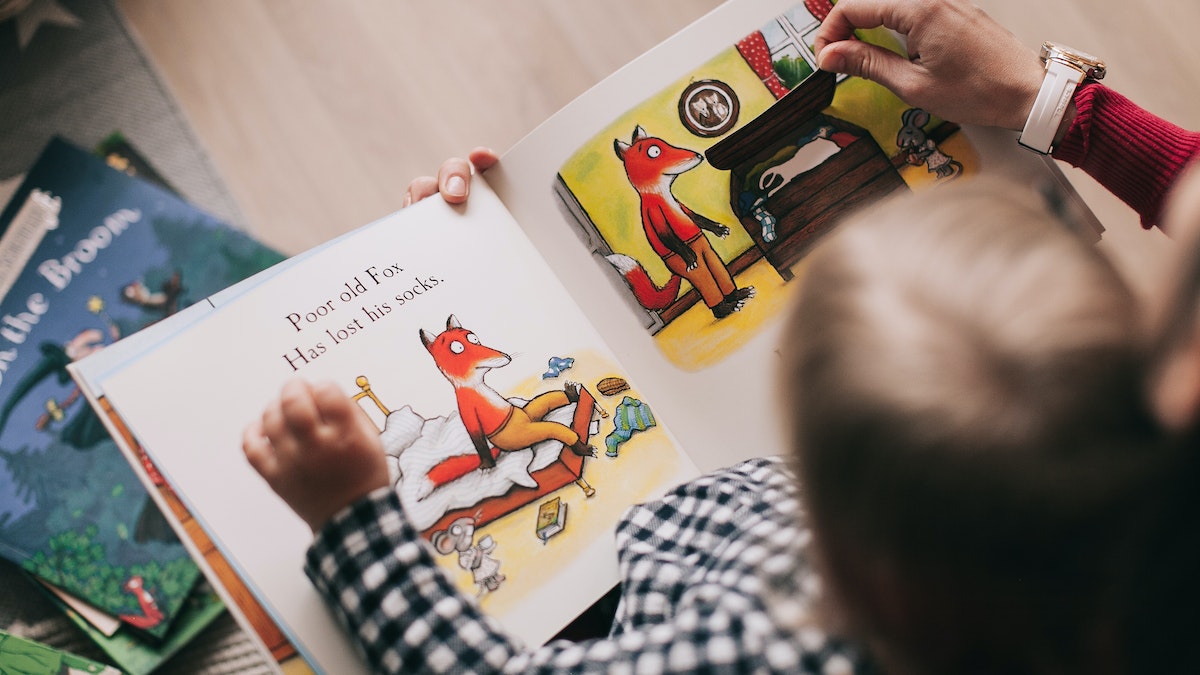While milestones most certainly vary from child to child, there are certain landmarks of developing readers as well as ways parents and adults can foster these developing skills. Take a look at this chart below.
| Age | Typical Reading Milestone | Activities to Support Milestones |
| 6 months | At this stage, a child begins to initiate speech sounds and can develop an interest in picture books. | Talk with your child, read books with various faces, objects, and animals to your child. |
| 1 year | At this age, a child begins to understand several simple phrases and has short words or utterances. | Have “conversations” with your child at this stage. Begin to read interactive books. |
| 2 years | A child typically has 250-350 words at this age. Children can hold books and look at pictures. | This is a great time to begin reading and reciting nursery rhymes. Get your child engaged by having them pick out books to read. |
| 3 years | A child typically has 800-1,000 words and can repeat common rhymes. | Begin pointing at pictures and words as you read with your child. Play games that involve rhyming. |
| 4 years | At this stage, a child begins using long sentences. Children can rhyme and play with various words. | Introduce new vocabulary when reading and in everyday situations. |
| 5 years | A child typically has 3,000-5,000 words and begins to match letters with sounds. At this stage a child can speak with complex and compound sentences. | Begin to call attention to letters and signs. Talk about letter sounds when driving around, walking through the grocery store, and simple words around the house. |
| 6 years | A child begins to read words and pages and makes predictions using background knowledge. | Have various high-interest books, both fiction and non-fiction, to allow for choice and opportunities to read. Visit libraries. |
| 7 years | A child is now reading words automatically and expanding knowledge by reading and listening to words. | This is a time to encourage reading and rereading books. Limit screen time to encourage reading. |
| 8-9 years | Learners transform from learning to read to reading to learn. They can read chapter books and are learning thousands of new words a year. | Encourage and establish an independent reading time throughout daily schedules. |


